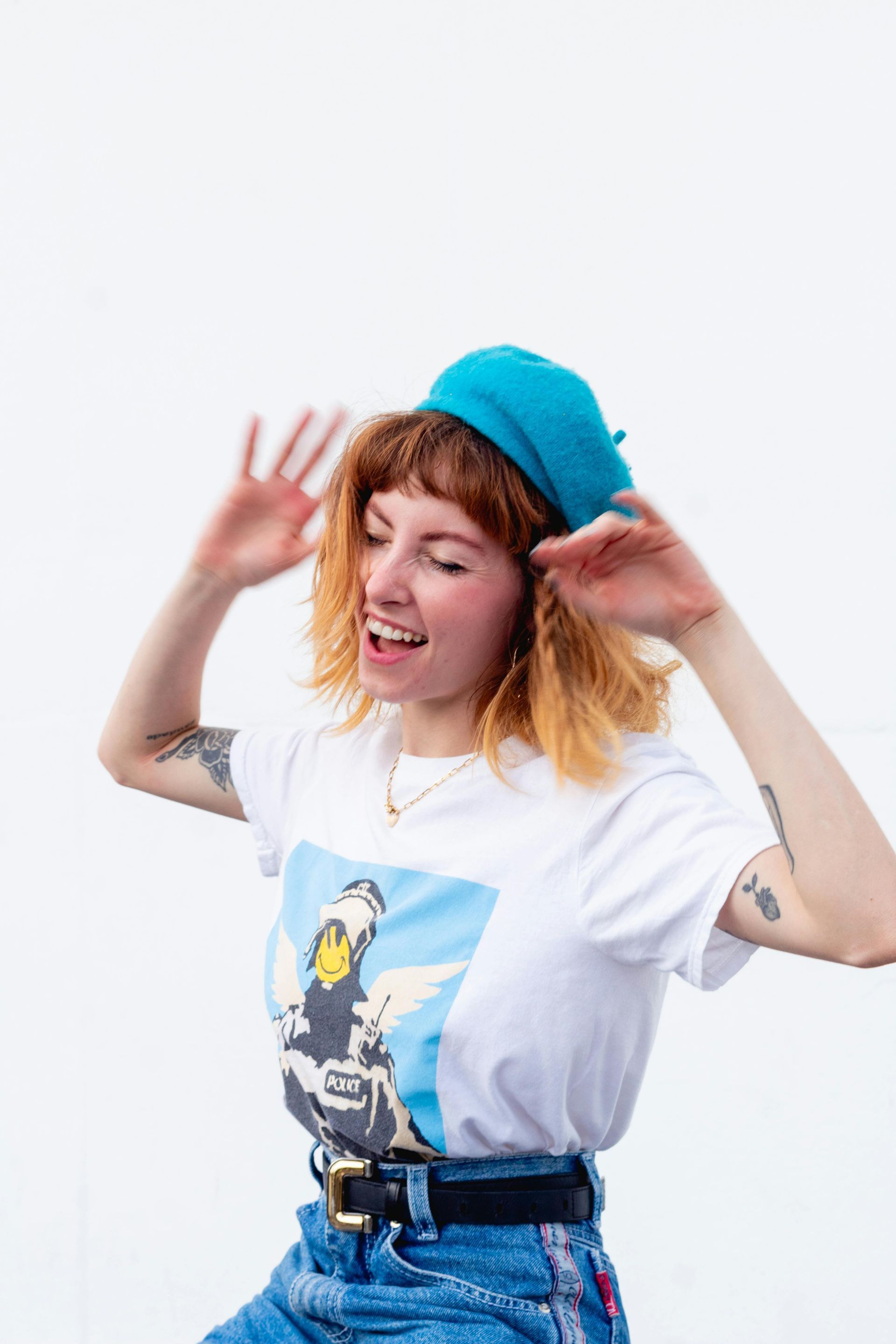Dance/Movement Therapy in DFW
“When we move the body with intention, we give the soul a voice.
At NorthStar Counseling & Wellness, we believe healing doesn’t just happen through talking—it happens in the body. Our Dance/Movement Therapy sessions offer a powerful, somatic approach to reconnecting with yourself through guided movement, intentional awareness, and creative expression.
What Is Dance Movement Therapy?
Dance Movement Therapy (DMT) is a therapeutic service that uses body-based practices to help clients regulate their nervous systems, process trauma, and access emotions that may be hard to reach through words alone. You don’t need any dance experience—this is not about performance. It’s about presence, release, and embodied healing.
Sessions may include:
- Gentle, guided movement
- Breathwork and grounding
- Expressive dance and improvisation
- Somatic tracking and awareness exercises
- Music and rhythm-based exploration
Each session is tailored to your needs, and you’re always in charge of what feels safe for your body.
How Is Dance/Movement Therapy Helpful?
Movement-based therapy can support you in ways traditional talk therapy might not. It can help you:
- Reconnect with your body and feel more at home in it
- Regulate your nervous system (especially helpful for anxiety, trauma, or dissociation)
- Express emotions stored in the body
- Increase mind-body awareness and emotional resilience
- Support chronic pain, GI distress, or fatigue by integrating safe movement patterns
For many, movement creates a bridge between knowing and feeling—between insight and transformation.
Who Is Dance/Movement Therapy For?
Dance & Movement Integration is for anyone looking to heal or grow through a more embodied path. It may be especially helpful for:
- Adults recovering from trauma, PTSD, or chronic stress
- Highly sensitive individuals or those with somatic symptoms
- Therapists, helpers, or caregivers experiencing burnout
- People feeling stuck in traditional therapy and seeking something deeper
- Creative souls wanting a more expressive way to heal
- Children who need to learn how to regulate emotions and express themselves
- Children and teens of all ages that need a space to process traumatic events and stuck emotions
You do not need to be “a dancer” or physically fit. You simply need curiosity and a willingness to listen to your body.
Core Principles of Dance/Movement Therapy
Our approach is grounded in the principles of Dance/Movement Therapy (DMT), a psychotherapeutic use of movement that supports emotional, cognitive, physical, and social integration.
Key principles include:
- The body holds wisdom: Emotions, memories, and patterns live in the body and can be accessed through movement.
- Movement is communication: Nonverbal expression often reveals what words cannot.
- Mind-body connection is central to healing: Changes in the body can shift thoughts, emotions, and nervous system states.
- Each person’s movement is unique and meaningful: There is no “right” way to move—your body’s expression is valid and powerful.
- Movement can create new patterns: Through movement, we can rewrite limiting stories and practice new ways of being.
These principles guide a compassionate, trauma-informed process where the body becomes a trusted ally in healing.
How to Prepare for a Dance/Movement Session
No special equipment is needed—just your presence and openness. Here are a few tips to help you feel more at ease:
Wear comfortable clothes that let you move freely.
Bring water and anything that helps you feel grounded (a favorite object, a journal, etc.).
Create a quiet space if attending virtually—somewhere you can move safely and feel emotionally contained.
Be curious, not perfect. You’re not here to perform. You’re here to explore.
Let your body guide you. There’s no “right” way to show up. Your body already knows what it needs.
You are always in control. We’ll move at a pace that feels safe and honoring of your unique nervous system and story.
What Dance/Movement Therapy Helps With
Anxiety and panic
Trauma and PTSD
Emotional expression and processing
Chronic stress and nervous system dysregulation
Grief and loss
Burnout and compassion fatigue
Chronic pain and tension
Gastrointestinal and somatic symptoms (especially those linked to stress)
Creativity blocks and self-expression
Meet
Our Dance/Movement Therapist
As a Dance/Movement Therapist, I help clients reconnect with their bodies through mindful, expressive movement to support emotional healing, nervous system regulation, and deeper self-awareness. I offer a trauma-informed, creative space where movement becomes a pathway to insight, resilience, and transformation.
Learn more about Dance/Movement Therapy
What is DMT according to the American Dance Therapy Associate:
Dance/Movement Therapy (DMT) is defined by the American Dance Therapy Association as the psychotherapeutic use of movement to promote emotional, social, cognitive, and physical integration—aimed at improving health and well-being
Key principles include:
- Movement is a universal language: Nonverbal movement is as essential as verbal communication, starting from before birth
- Mind, body, and spirit are interconnected: Shifts in physical movement reflect and influence psychological and emotional states
- Movement serves dual roles: It’s used both to assess client needs and as the primary tool for therapeutic intervention
DMT can be practiced in individual, couples, family, or group settings, and is used across diverse environments—from mental health and medical care to educational and community settings







